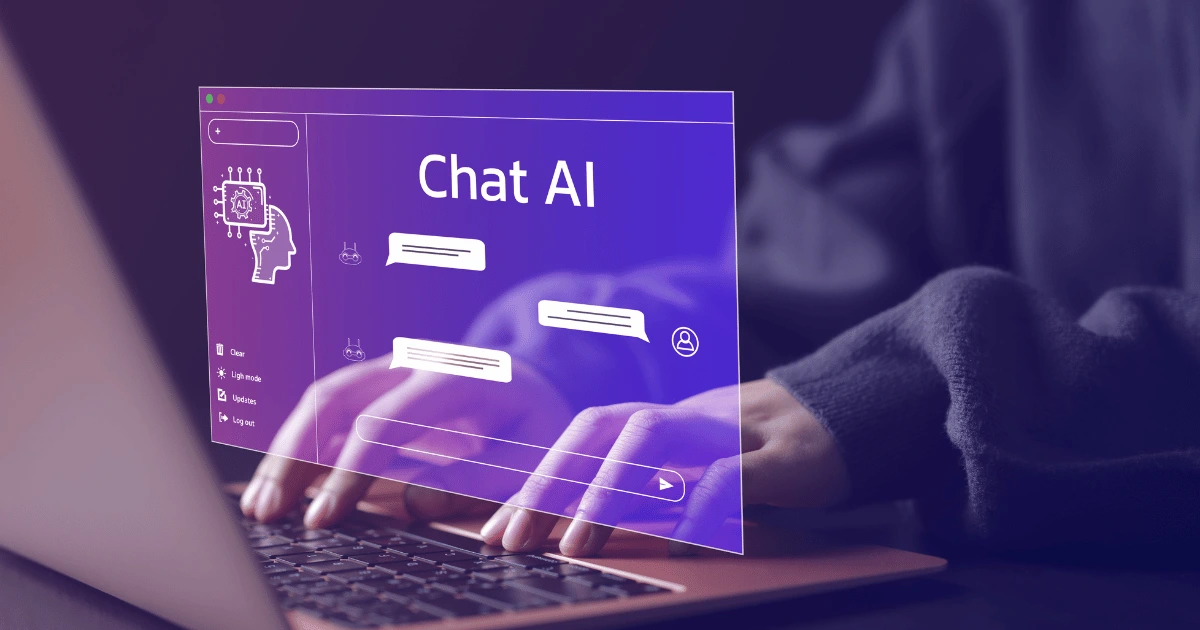In the vast landscape of artificial intelligence, one technology stands out for its ability to bridge the gap between humans and machines seamlessly – ChatGPT. Developed by OpenAI, ChatGPT is a cutting-edge conversational AI model based on the GPT (Generative Pre-trained Transformer) architecture. Its remarkable capacity to understand and generate human-like text has revolutionized the way we interact with computers, paving the way for a new era of natural and intuitive human-machine communication.
At the heart of ChatGPT lies its sophisticated neural network, which has been trained on vast amounts of text data sourced from the internet. This training process enables ChatGPT to learn the nuances of human language, including grammar, syntax, semantics, and context. Armed with this knowledge, ChatGPT can engage in conversations with users on a wide range of topics, generating responses that are coherent, contextually relevant, and often indistinguishable from those of a human interlocutor.
One of the most compelling aspects of ChatGPT is its versatility. Unlike traditional chatbots programmed with fixed responses, ChatGPT is capable of generating dynamic and contextually appropriate responses on the fly. Whether engaging in casual conversation, answering questions, providing recommendations, or offering assistance, ChatGPT adapts its responses based on the input it receives, creating a fluid and natural conversational experience for users.
Moreover, ChatGPT’s ability to generate human-like text extends beyond mere dialogue. It can also compose emails, write articles, generate code, summarize documents, and even create poetry – all with remarkable fluency and coherence. This versatility makes ChatGPT a valuable tool for a wide range of applications, from content creation and customer service to language translation and educational assistance.
The impact of ChatGPT on human-machine interaction is profound and far-reaching. In customer service, ChatGPT-powered virtual assistants can handle a wide range of inquiries and support requests, providing timely and personalized assistance to users around the clock. This not only improves customer satisfaction but also reduces the burden on human support agents, freeing them up to focus on more complex tasks.
Similarly, in education, ChatGPT can serve as a valuable resource for students and educators alike. It can help students with homework assignments, provide explanations of complex concepts, offer personalized tutoring, and facilitate interactive learning experiences. For educators, ChatGPT can assist with lesson planning, generate supplemental materials, and even provide feedback on student work, saving time and enhancing the overall teaching and learning process.
In the realm of content creation, ChatGPT is a game-changer. It can generate blog posts, social media updates, product descriptions, and marketing copy with ease, helping businesses and individuals create engaging and compelling content at scale. Moreover, ChatGPT can assist writers and researchers by generating ideas, conducting research, and providing inspiration, making the creative process more efficient and productive.
Beyond its practical applications, ChatGPT also raises important questions about the nature of human-machine interaction and the ethical implications of AI technology. As AI systems become increasingly sophisticated, there is a growing need to ensure that they are deployed responsibly and ethically. This includes addressing concerns related to privacy, bias, transparency, and accountability, as well as considering the potential societal impacts of widespread AI adoption.
Despite these challenges, the potential of ChatGPT to enhance human productivity, creativity, and communication is undeniable. As the technology continues to evolve, we can expect to see even greater advancements in natural language processing, enabling ChatGPT and similar AI models to become even more indistinguishable from human conversation. Whether assisting customers, supporting students, or aiding writers, ChatGPT is redefining the way we interact with computers, ushering in a new era of seamless and intuitive human-machine interaction.
In conclusion, ChatGPT represents a significant milestone in the field of artificial intelligence, showcasing the remarkable potential of conversational AI to transform human-machine interaction. With its ability to generate human-like text and adapt to diverse contexts, ChatGPT is revolutionizing a wide range of industries and applications, from customer service and education to content creation and beyond. As we continue to harness the power of AI technology, the possibilities for ChatGPT and similar models are limitless, promising to reshape the way we communicate, collaborate, and create in the digital age.



